The possibility of working with trauma survivors who are also struggling with substance use is fairly high. With such a high probability of these two diagnoses showing up together, it is important that trauma treatment professionals have some awareness of what to consider when planning treatment for a trauma client who is also struggling with substance abuse.
At some point in our career, we could potentially find ourselves 1) wanting to learn more about how to better help our clients or 2) needing to refer them out for additional support with substance use.
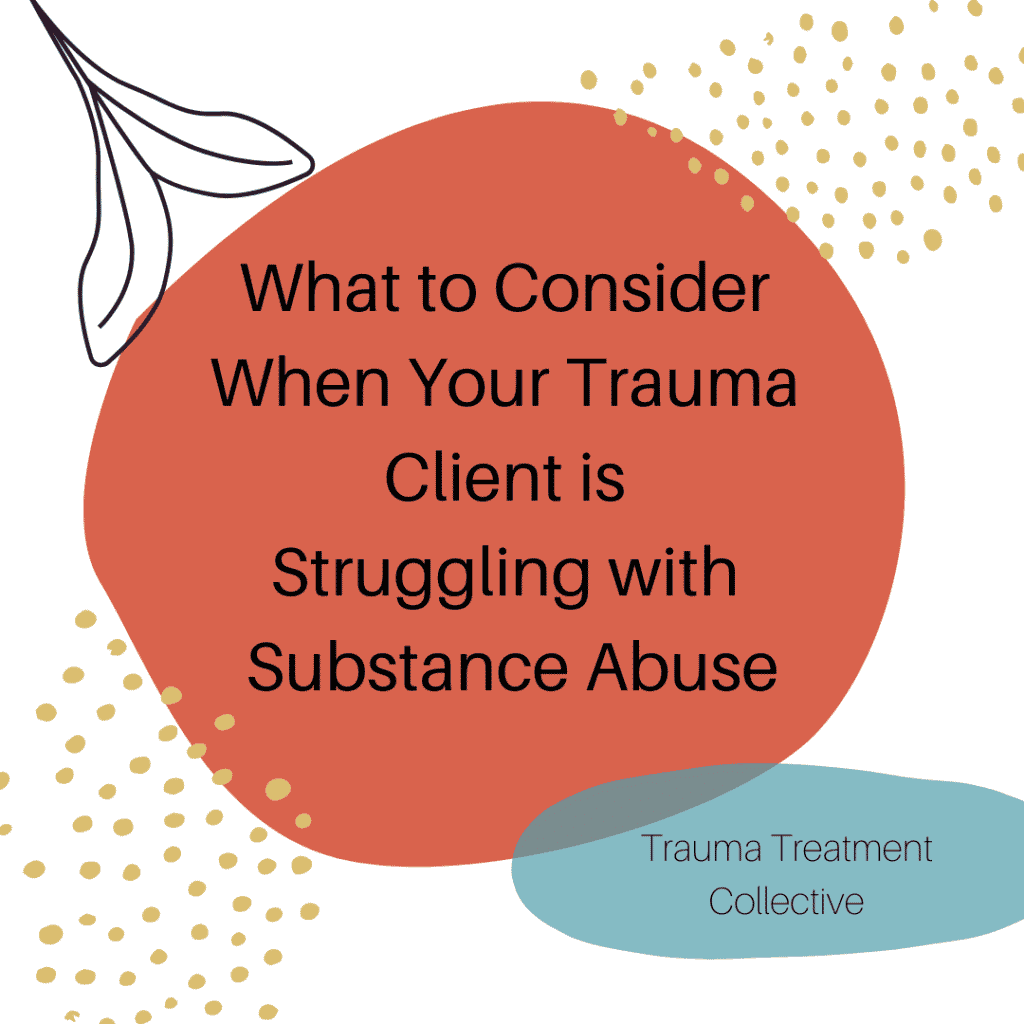
I think the first place we can start is having a brief conversation about trauma-informed care. I also think it is important to understand what trauma-informed care is and is not. If you are referring out or seeking more training and knowledge on helping your clients with their substance abuse, it is imperative that the approach decided upon is trauma-informed.
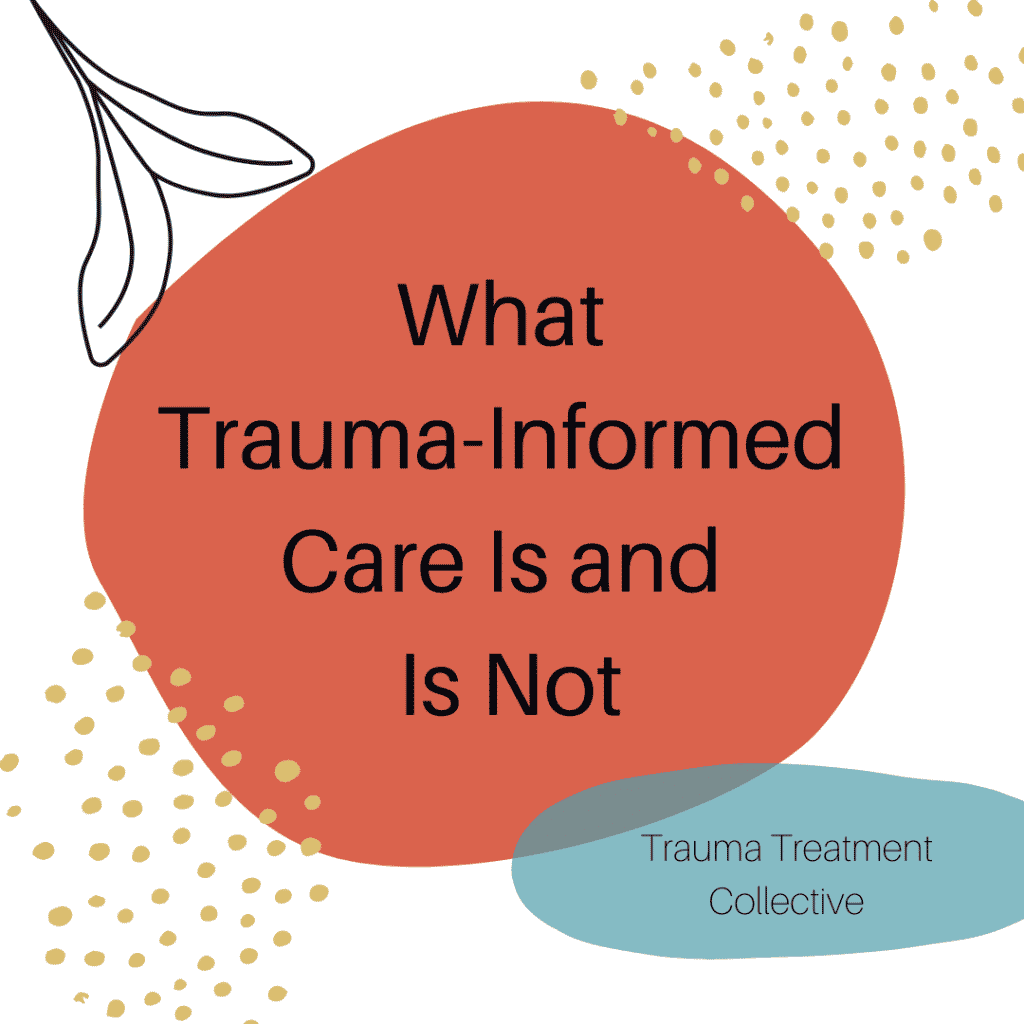
Providing trauma-informed care is an awareness of trauma and an understanding of how cultural and historical trauma impacts a person. It is a collection of different approaches to create safety, restore power, and create self-worth. Working with clients from a trauma-informed approach is mainly designed to help clients manage systems. It is not designed to treat trauma.
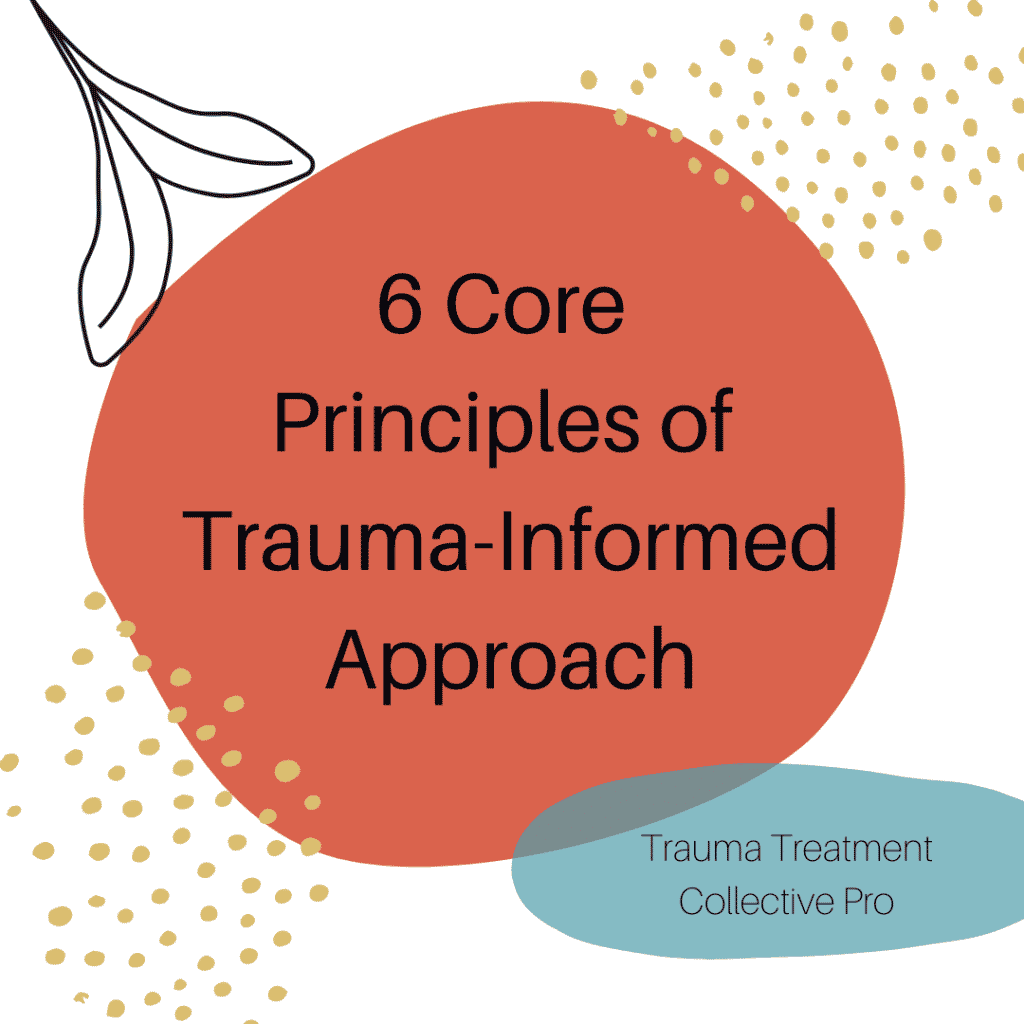
According to the Substance Abuse and Mental Health Services Administration (SAMHSA) there are 6 core principles that make a program, provider, facility, etc. trauma-informed. You can use these below to help you assess if the approach or treatment program/facility will be a safe approach for your client.
- Safety – Do they promote physical and psychological safety?
- Trustworthiness and Transparency – Do they operate with transparency to promote trust with clients, staff, etc.?
- Peer Support – Do they connect clients with others who have a lived experience of trauma and substance abuse?
- Collaboration and Mutuality – Do they work to level the “playing field” so clients feel like a partner in their healing process? Do they also see that no one on the treatment treatment team is more powerful than the client… that everyone has a role to play in the healing journey of the client?
- Empowerment, Voice and Choice – Do they support the client in feeling empowered, voicing their thoughts and opinions, and choosing their path towards healing?
- Cultural, Historical, and Gender Issues – Do they actively work to move passed biases, offer gender-responsive services, understand the importance or are open to cultural healing practices, and recognize historical trauma?
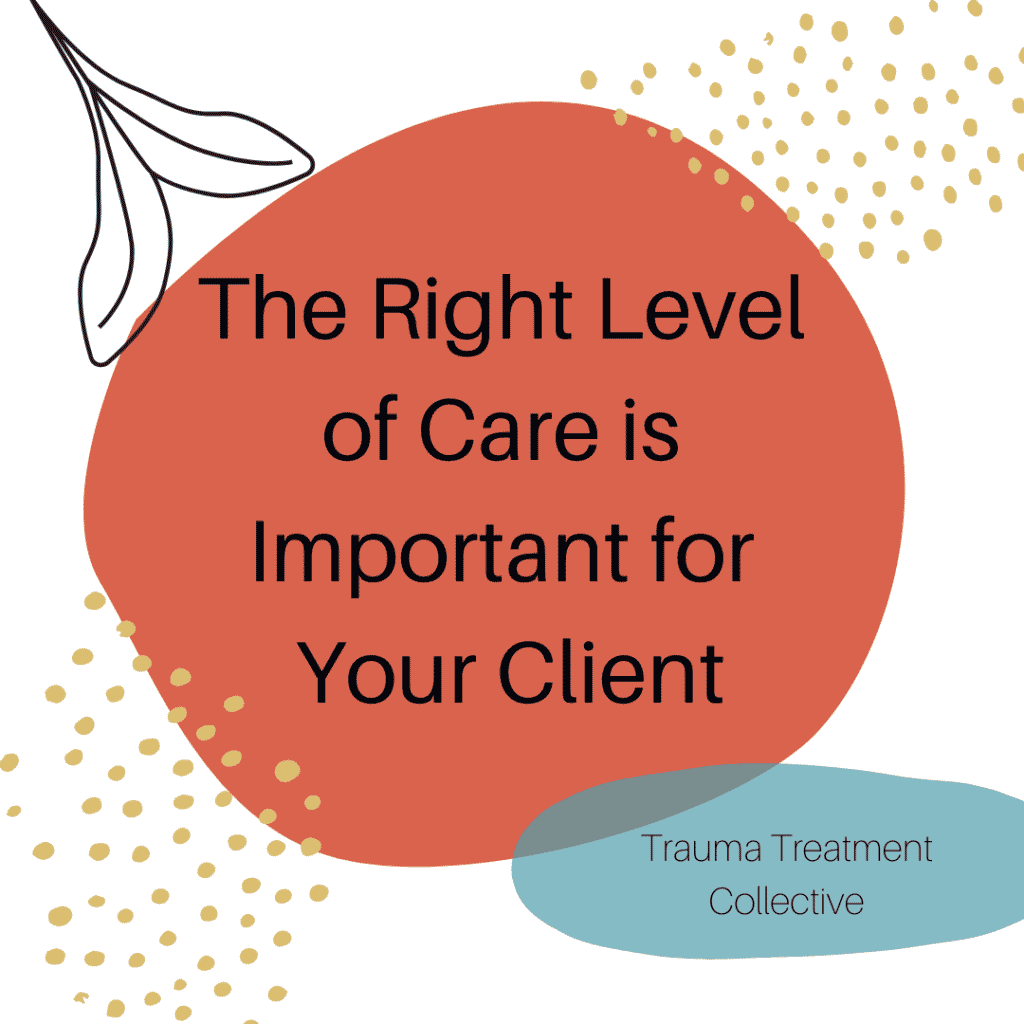
I also think it is important to consider the levels of care for substance abuse. It is important that a client is receiving the correct level of care.
- Detoxification – this level of care is medically managed to help clients stabilize and help them overcome symptoms of withdrawal.
- Inpatient/ Residential Rehab – these are live-in options where clients will receive supervised treatment and care.
- Outpatient Rehab / Intensive Outpatient Programs – clients can live at home and receive treatment on site or through virtual services.
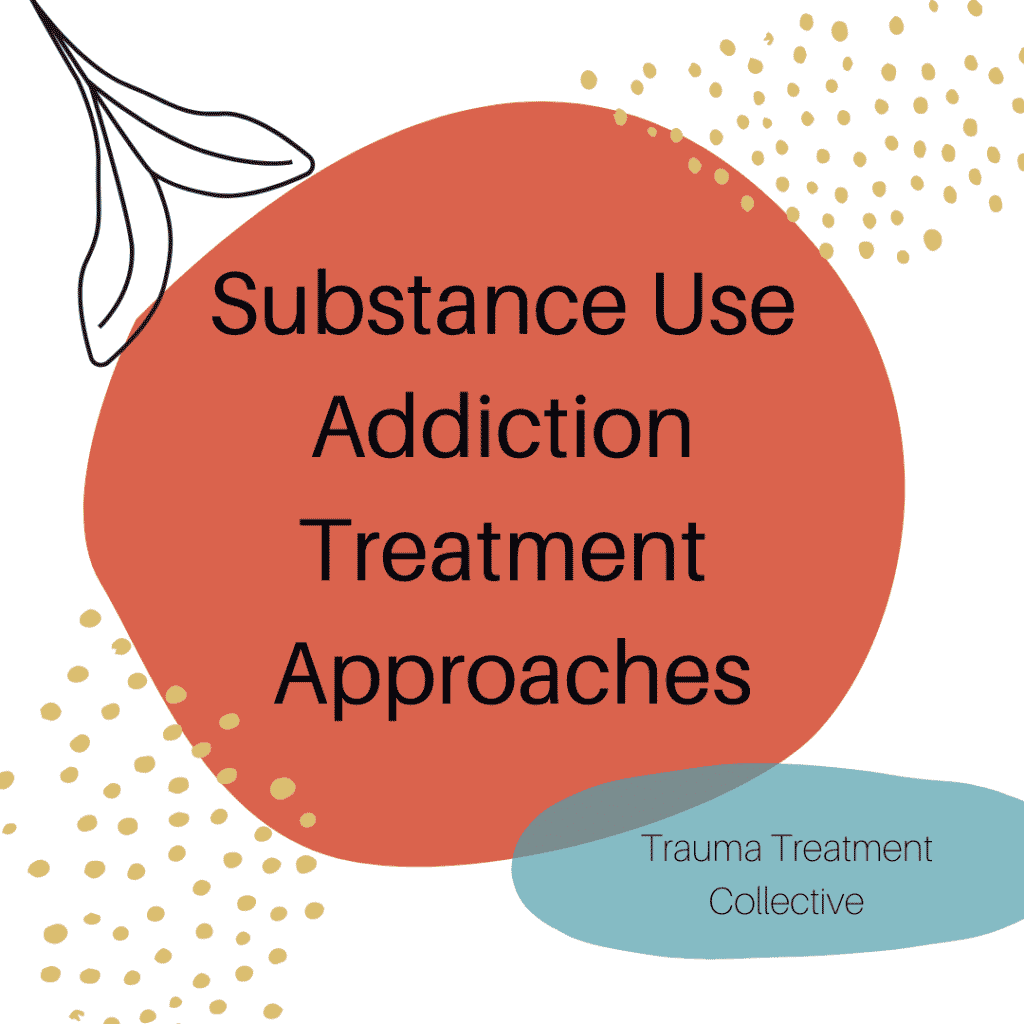
Last but not least, there are a number of different approaches to consider. This list is not all inclusive but is here to help you consider some of the options. These options are not listed in any particular order.
- 12 Step Programs – designed to provide clients with peer support to practice abstinence from substances of choice
- Individual, Group, and Family Therapy – therapy services guided in different formats to address substance use
- Seeking Safety – trauma-focused approach to help clients develop a sense of safety and to move away from substance misuse by increase coping skills and education
- Contingency Management – this approach is used to encourage and reinforce sobriety by giving tangible rewards for meeting goals related to a client’s sobriety
- Cognitive Behavioral Therapy – helps clients examine thoughts, feelings, and behaviors. The skills learned through CBT can be life-long skills that clients use
- Motivational Interviewing – helps clients work with ambivalence and empowers them to take ownership of their treatment
- Eye Movement Desensitization and Reprocessing – helps clients recover from trauma, which in turn reduces symptoms of distress and need for coping by the misuse of substances.
- Dialectical Behavioral Therapy – teaches clients how to regulate their emotions and increase distress tolerance, which reduces need for misuse of substance.
- Rational Emotive Behavior Therapy – helps clients replace negative thoughts with healthier thoughts, which leads to better emotional well-being and better habits.
- Matrix Model – consists of a number of therapeutic approaches that reward clients for good behavior while also increasing client’s self-esteem.
- Medication Intervention – some medications can reduce clients’ cravings, improve mood, and decrease addictive behaviors.
Having awareness of things to consider when helping a client plan out how to address their substance use struggles is imperative as a trauma treatment professional. I hope these considerations above are helpful. If you need more support, feel free to schedule a professional consultation with us today. We can come alongside you and your client as you all navigate their healing journey.

